The economy is stuck in the slow lane. Growth is hard to come by. Indeed, the threshold for The Grocer’s Fast 50 – an annual survey of the fastest-growing privately owned food & drink companies in Britain – has reached a three-year low. Last year, the threshold for inclusion was a compound annual growth rate (CAGR) over the past three years of 17.4%. This year, companies need just 12.3%.
So is it still possible to make a fast buck in food & drink? And if so, how? Only 15 of our Fast 50 have used M&A to achieve growth – which suggests, with the right management, in the right markets, with the right business models, that organic growth is still very much possible. But is it still possible to create and grow a glamorous brand from scratch – as we once saw with the likes of Innocent, Gü and Green & Black’s – or is it now all about being cheap and cheerful?
One thing is certain: things have changed since private equity’s heyday, when these fast-growth food and drink companies were being snapped up left, right and centre. “Generally, growth is down. It’s clear the business model that might have worked two or three years ago isn’t necessarily working today,” says Simon Peacock, director at Catalyst Corporate Finance, which carried out the Fast 50 survey on behalf of The Grocer. “Brands are still strong, but there aren’t many new brands growing that quickly.
”There are, however, some notable exceptions. Organic babyfood brand Ella’s Kitchen tops this year’s list, with a compound annual growth rate of 106.1% over the past three years. Founder Paul Lindley puts this down to a “relentless focus on the consumer” (that’s babies, not parents – see box), growing exports and a steady stream of NPD – the company has launched 15 new products in the past six months alone.
Innovation has also been key for Tyrrells, in at 42nd with a CAGR of 14.4%. “Our popcorn will be worth £2m by the end of the year and our new Furrows brand has gone from nothing to £2m. That’s £4m in NPD this year alone,” says CEO David Milner. “We’re more than four times the size in Sainsbury’s than we were 18 months ago. We weren’t in any Tescos – now we’re in about 450. We’re in all the supermarkets and we’ve pushed hard internationally.”
Tyrrells was snapped up by Langholm Capital in 2008 (the private equity house bought the remaining stake, owned by founder Willliam Chase, in December). And, as Tyrrells’ directors eye a possible secondary buyout, potential buyers have been courting five-year-old Ella’s Kitchen for a while. “People are approaching us all the time and we’re looking at them all,” says Lindley. “We’re talking to all sorts of people who want to help us in ways that aren’t just M&A.”
For many buyers, though, acquisitions in the branded arena are less attractive than they once were. “There’s been a big polarisation – a slide to either the big trusted brands or to own label,” says Peacock. “If you are brand B or C on the shelf and not a Mars or a Coca- Cola, you will have struggled. A lot of branded businesses are in a tough place at the moment.”
Peter McNeil, CEO of Westbridge (7), an own-label poultry player whose sales have risen from £45m to £210m in five years, believes own label’s gain has been to the detriment of brands. “You’re not seeing great new brands like Innocent and Gü emerging because bright people in the supermarkets are identifying trends and developing own-label products, making it more difficult for others to develop ‘holy grail’ brands. Also, local brands are finding it hard to go national because it’s difficult to get the funding. There’s a real fear of taking the risk of lending, given the economic conditions.”
As a result, Peacock expects the lion’s share of future M&A to be focused on established own-label fresh produce, meat, poultry and seafood players – and not on young start-up brands. “There are a lot of fragmented sectors out there, such as fruit & veg, fresh produce and meat processing, and that’s where we are likely to see more M&A. If I were buying, I would be focusing on own-label suppliers.”
While there’s no shortage of organic growth for the likes of Westbridge – “we’ve acquired about £70m; the rest is organic,” says McNeil – some of the most acquisitive players in recent times have been suppliers of fresh produce, meat or poultry to supermarkets and/or foodservice, including QV Foods (2), Dawnfresh Seafoods (8), Campbell Brothers (9) and, perhaps most notably, 2Sisters Food Group (37).
One of the keys to success in recent years has been working with the multiples. This year is no exception. Meat processor Forza (4) is a major supplier to all the multiples. After recently winning a contract with Morrisons, bagged snacks specialist Nageena (11) supplies own-label Bombay mix to all the big four. And Aston Manor Brewery (5) is the UK’s largest supplier of own-label cider – and a clear beneficiary of the rise of premium own-label products.
Alternatives to the multiples
But foodservice suppliers are also a major presence in the Fast 50. Scotland’s Campbell Brothers (9), a supplier to contract caterers and nursing homes, achieved much of its 30.2% growth through diversifying into fresh fruit & veg – which is now worth £2m a year to the company, says finance director Allan Currie. And next year the company could be further up the list. “We acquired Buccleuch (a highend meat supplier) in February and that’s turning over £3m a year,” Currie adds.
This growth among foodservice suppliers isn’t likely to stall any time soon. “At some point in the near future, we’re expecting foodservice to become bigger than food retail because of factors such as the switch to food in the pub trade,” adds Peacock. “The growth of Westbridge, which supplies popcorn chicken to KFC, is a good example of this.” Indeed, Westbridge’s spread across sectors makes it a key company to watch (see box).
And, as consumers cope with economic uncertainty by burying their heads in their, asks Rob BrownKFC family buckets, they’re also hitting the bottle. Drinks companies are well represented in this year’s list. What’s more, their growth – and the relative fragmentation of the sector – makes them likely targets for M&A in coming months. The buyout of Sharp’s Brewery (last year’s number eight) by Molson Coors in February could be the start of consolidation for the UK’s myriad microbrewers, suggest some.
Aston Manor’s 2009 purchase of Devon Cider Co almost doubled company output, as did rising sales of strong white cider Frosty Jack’s and Aston’s growing range of own-label and branded premium ciders. Its new status as a major PET packager for Britain’s brewers also contributed to Aston’s growth. And it’s not alone. Contract brewer and bottler Thomas Hardy Holdings (49) registered 12.7% CAGR – and Newmafruit Farms (3) is doing growing trade as a thirdparty packer, too.
Four whisky distillers – Glenfiddich owner William Grant & Sons (14), Ian Macleod (28), Famous Grouse owner Edrington Group (41) and Benriach (45) – are on this year’s list too. Their inclusion is thanks in no small part to soaring demand for Scotch in Asia – a region where, some suggest, future buyers might also spring up. “We will see more overseas buyers,” says Peacock. “There could be more acquisitions of whisky distillers by Chinese and Japanese buyers because they are businesses with great heritage that translate well globally.”
Private equity continues to be a force to be reckoned with, too, as we have seen from Diamond’s acquisition of fi rst Kettle and now Pringles; while Clayton Dubilier & Rice’s bid for Greencore has gained added credibility through its new association with Sir Terry Leahy. The consensus is that most future acquisitions in food and drink are likely to come from trade buyers rather than private equity, however. The latter may be flush with cash, but debt is hard to come by at present – meaning lower-priced sectors are more likely targets for the PE houses.
But with Premier Foods faced with so many challenges, and Unilever rumoured to be joining P&G in pulling out of food and drink, the usual suspects cannot be relied upon to bite. In fact, if you’re a successful, fast-growing privately owned food and drink company, you’re just as likely to be buying as to be bought.



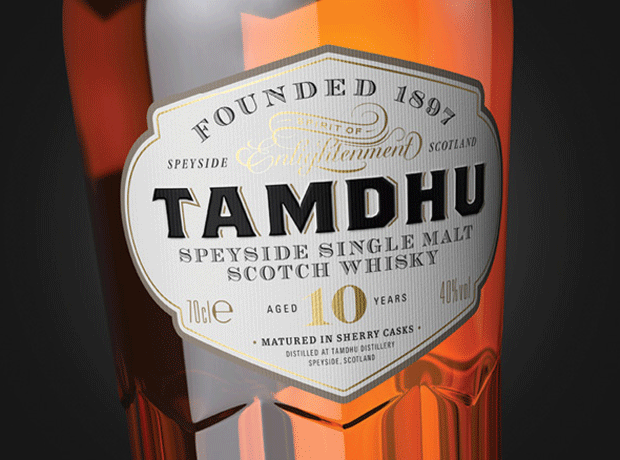
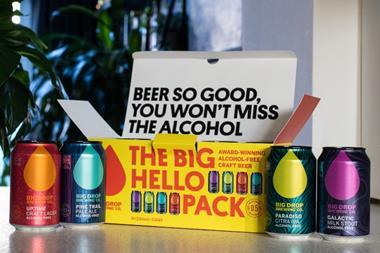

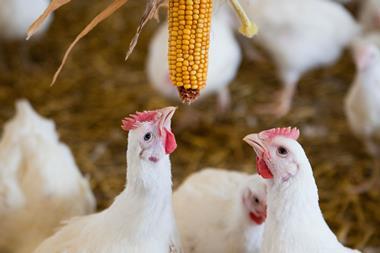
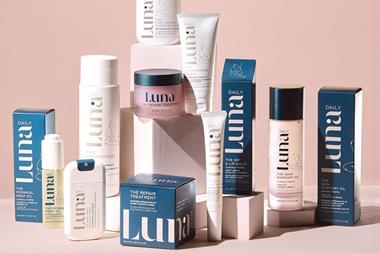

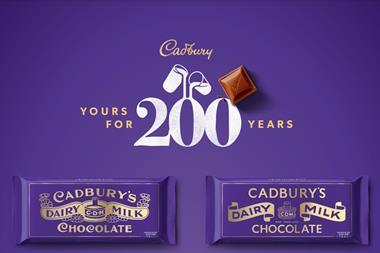

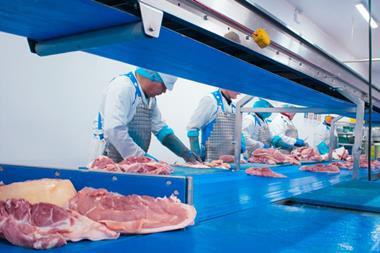
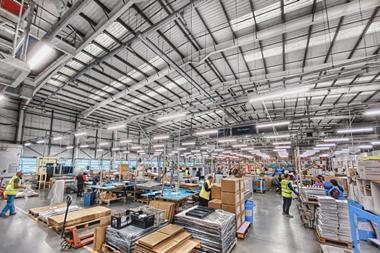

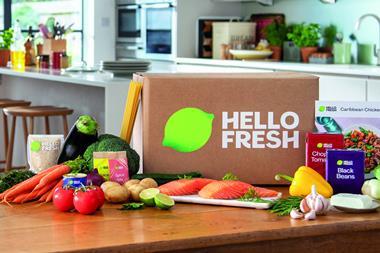
No comments yet